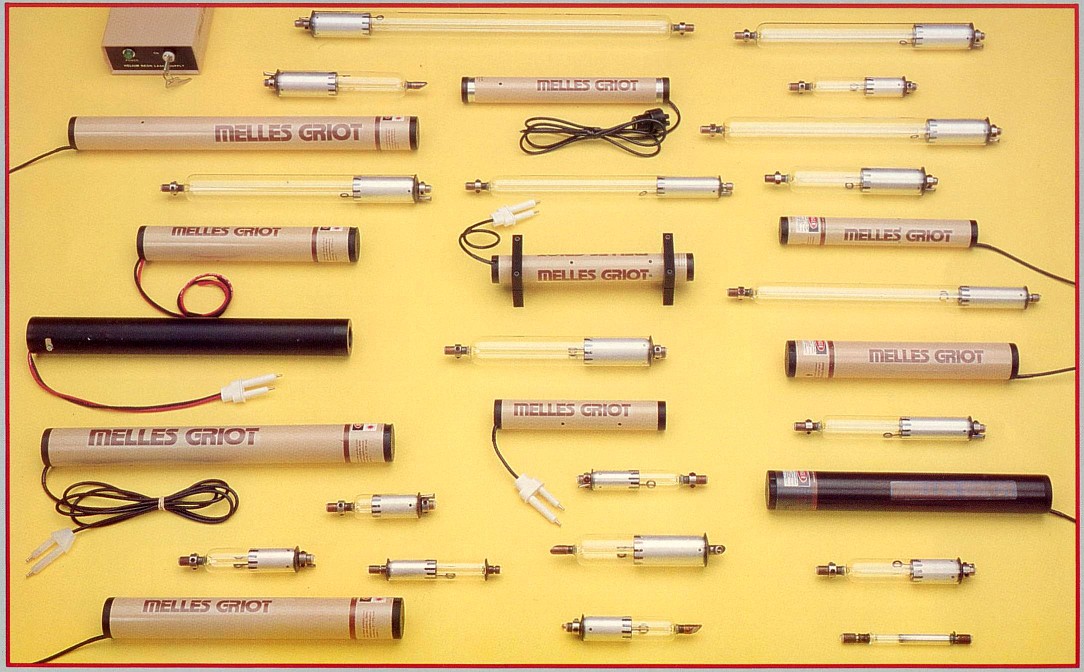What is the minimum tube length we need that would still support lasing, if we only know that the maximum gain coefficient of the gas medium is, say 0.5 m^-1?
I've never seen a commercially available gas laser smaller than ~4-5" in length. But I did some calculation that turns out to be such an unrealistic tiny number...
I equated the gain coefficient to the distributed loss coefficient (amount lost in one trip across the etalon) since this is the minimum gain to start oscillation:
γ (ν) = α_r
γ (ν) = 1/2L * ln(1/R1*R2)
^ we can then evaluate L if the end mirrors for optical feedback have reflectivities of say 99% and 90% for instance. Anyway we'll get an extremely tiny length. Is something wrong with the calculation or am I missing something?
I've never seen a commercially available gas laser smaller than ~4-5" in length. But I did some calculation that turns out to be such an unrealistic tiny number...
I equated the gain coefficient to the distributed loss coefficient (amount lost in one trip across the etalon) since this is the minimum gain to start oscillation:
γ (ν) = α_r
γ (ν) = 1/2L * ln(1/R1*R2)
^ we can then evaluate L if the end mirrors for optical feedback have reflectivities of say 99% and 90% for instance. Anyway we'll get an extremely tiny length. Is something wrong with the calculation or am I missing something?





